author of Honorable Influence - founder of Mindful Marketing
Over the last 10 years, the market for sports and exercise-related rehydration has burst open. Dozens of companies have added new pre- and post-workout drinks infused with everything from electrolytes, to minerals, to protein. Among the leading competitors are Body Armor, Powerade, PRIME, and Electrolit.
Still, in the saturated sports drink market, Gatorade’s annual revenue of $7 billion represents five times the sales of its closest competitor. Much of that success comes from the company’s skill in creating new products labeled with its valuable Gatorade name. Among its branded offerings in the sports drink category are:
- Gatorade Thirst Quenchers
- Gatorade Zero Sugar Thirst Quenchers
- Gatorade Thirst Quencher Powder Packets
- Gatorade Electrolyte Beverages
- Gatorade Fit Electrolyte Beverages
- Gatorade Protein Shakes
In addition, the company has attached its world-renowned name to a number of non-liquid, or solid, goods including:
- Gatorade Protein Bars
- Gatorade Sports Bottles
- Gatorade Shaker Bottles
- Gatorade Sports Towels
- Gatorade Bottle Carriers
- Gatorade Bottle Carts
- Gatorade Ice Chests
- Gatorade Coolers
- Gatorade Cups
Despite all the hydration help Gatorade has offered athletes and others since its invention at the University of Florida in 1965, the company hasn’t had a Gatorade-named offering in the most basic thirst-quenching category – water.
The global market for bottled water is already voluminous and is expected keep growing: Some estimated it to represent $302 billion in revenue in 2022 and anticipate an increase to over $503 by 2032.
Why wouldn’t Gatorade want to take a sip of those sales? Plus, Gatorade’s parent company, PepsiCo, is familiar with bottled water, producing the very successful brand Aquafina. Its annual U.S. revenue of $1.3 billion make it the best-selling non-private-label brand water in the nation.
So, given the massive market opportunity and the company’s great familiarity with food and beverages, it seems to make sense for Gatorade to lean again on its staple strategy of brand extension. But by naming the new entry “Gatorade Water,” has the company gone to the well once too often?
There were some good reasons that PepsiCo called its bottled water Aquafina and not Pepsi Water. First, Aquafina is a creative name that evokes relevant positive perceptions for the brand. Perhaps more important, though, Pepsi Water would be a branding oxymoron – a contradiction in terms and problem for value proposition perceptions.
When people hear “Pepsi,” they probably think of words like cola, soda, sweet, fizzy, and caffeine. They might also associate Pepsi with parties, special occasions, and splurging. All of these adjectives and nouns are pretty much the opposite of what most people associate with water.
The same perceptual disconnect likely exists between water and Gatorade. When people hear “Gatorade,” they probably think salty, sugary, energy, and colorful (yellow/green, blue, red). Again, words that are pretty much the opposite of water.
H2O was around before human beings were. Ever since, people have been hydrating rather successfully with water. Still, researchers at the University of Florida created Gatorade because they believed they had improved on the classic element by developing “a drink that contained salts and sugars that could be absorbed more quickly [than water].”
Since its invention, Gatorade’s unique value proposition has been its relative advantage over water, as the sports drink’s development affirms:
“Drawing on research into rehydration, the team developed an electrolyte-carbohydrate solution, a mix of salts and sugars designed to provide the athletes with energy and necessary chemicals for physical and mental performance. Plain water could not move through the body quickly enough, nor restore its chemistry.”
So, Gatorade Water should make one wonder, “If water works, is traditional Gatorade really necessary?” Or, the new product may create the cognitive dissonance for consumers suggested above and lead to the philosophical question: “What exactly is Gatorade?”
To be fair, Gatorade Water isn’t just H2O. It also contains electrolytes, but the company’s own website suggests the purpose isn’t performance, rather its water is “electrolyte infused for great taste.”
To avoid possible brand confusion, marketers might suggest that PepsiCo should have used individual branding, which gives significantly different product lines their own branding, rather than family branding, which puts the family name on all a company’s products.
Apple is a great example of family branding: It leverages its highly esteemed name and graphic icon for its AirPods, MacBooks, and iPhones, among other products. In contrast, Procter & Gamble (P&G) may be the biggest consumer products company that most consumers don’t recognize because it individually brands its products, including Pampers, Bounce, Downy, Tide, Bounty, Gillette, Head & Shoulders, Pantene, and Old Spice.
Should PepsiCo have individually branded its sports water instead of family branding it? Actually, the company already tried the individual branding strategy, which is why there’s Propel.
Propel is an individually branded PepsiCo line of “fitness water” that contains vitamins B3, B5, B6, C and E. What makes its branding even more interesting, if not confusing, is that Propel is also infused with “Gatorade Electrolytes.”
Gatorade in Propel represents another branding strategy – ingredient branding. It’s what Duncan Hines uses when it promotes that its cake mixes contain Hershey’s syrup, or what Dell uses when it says its laptops have Intel chips inside them.
Ingredient branding is a very viable branding strategy, but in the case of PepsiCo, it just ads to the bottled water brand confusion. For instance, it may be clear why some consumers would choose Propel instead of Aquafina, but why would they chose Gatorade over Propel when Propel ‘contains Gatorade’?
It seems like its countervailing branding strategies have set up PepsiCo to be an example of another not-so-favorable marketing concept, cannibalization, which is when a corporation’s own brands compete with each other more than they do with the brands of other companies. General Motors experienced this problem many decades ago with brands like Buick and Oldsmobile.
Gatorade is one of the world’s most highly regarded brands in any category, especially in hydration. However, on this particular play-call, the sports drink icon and its parent PepsiCo seem to have dropped the ball. Though well-intentioned, ‘video evidence’ will likely later confirm that Gatorade Water was “Simple-Minded Marketing.”
Learn more about the Mindful Matrix.
Check out Mindful Marketing Ads and Vote your Mind!


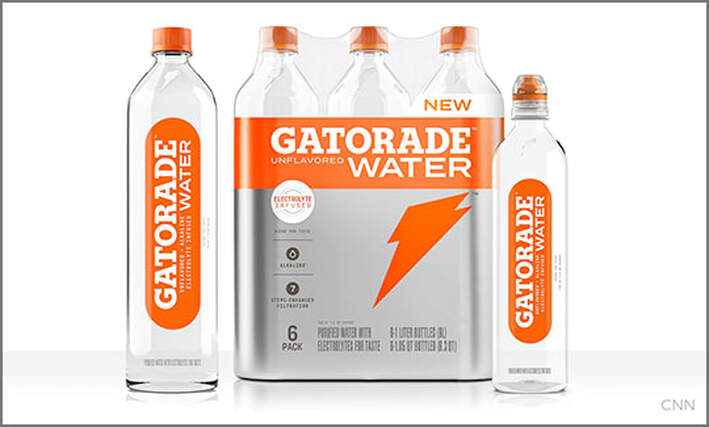
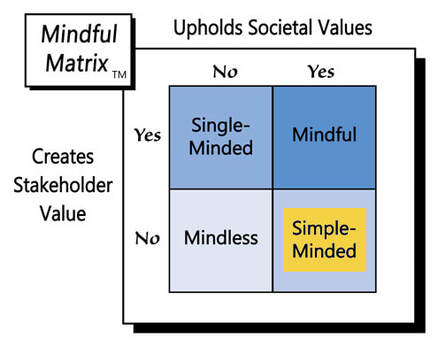


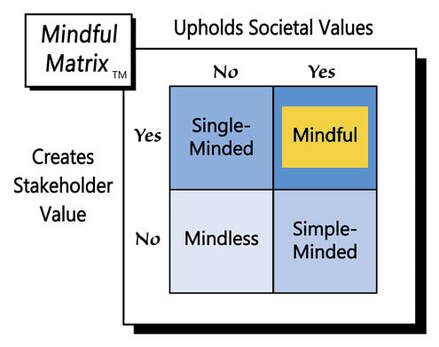


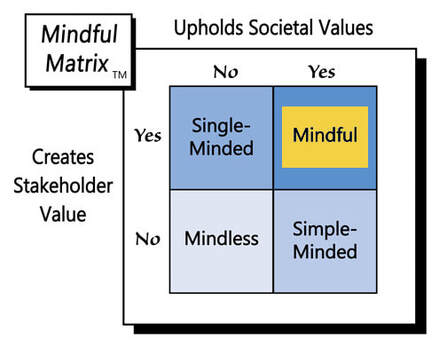



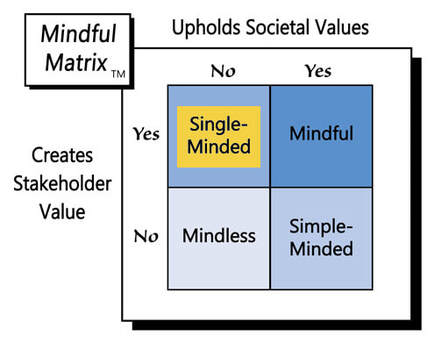


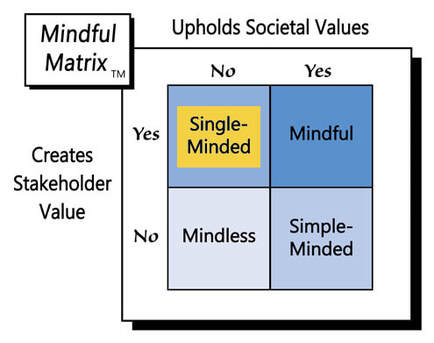
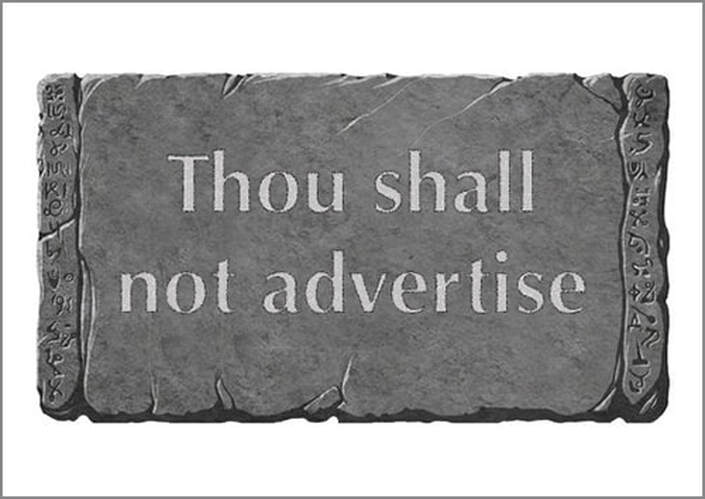


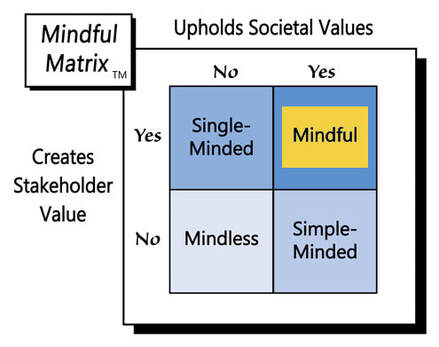


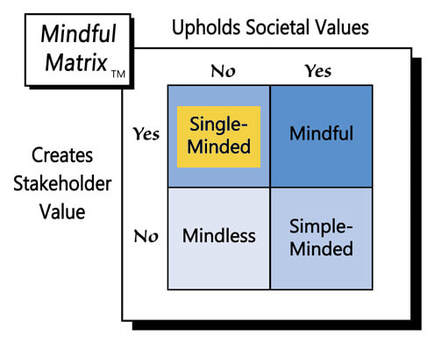


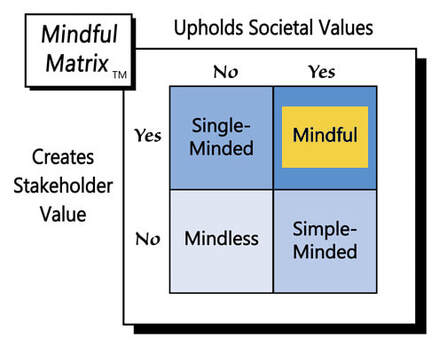

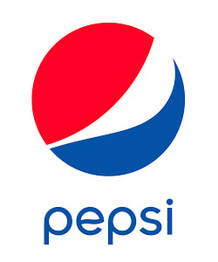
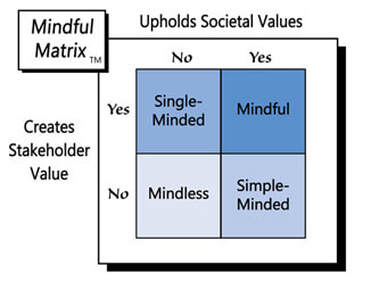


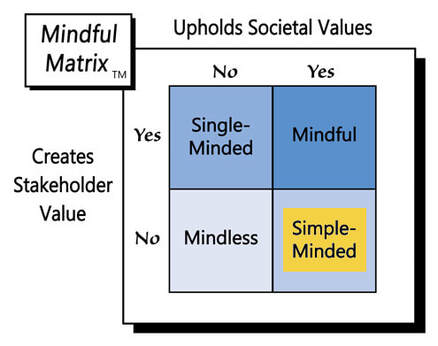


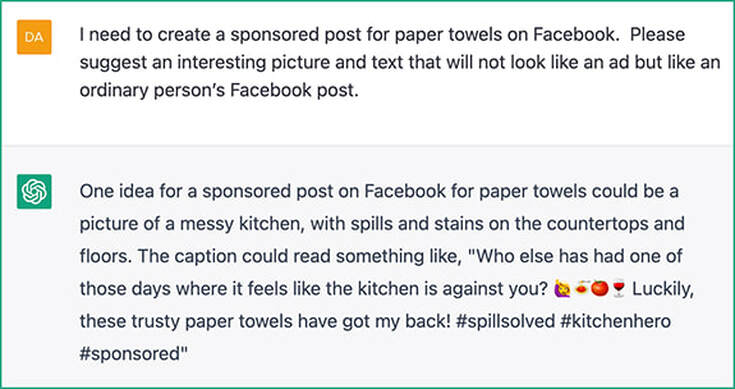

 RSS Feed
RSS Feed